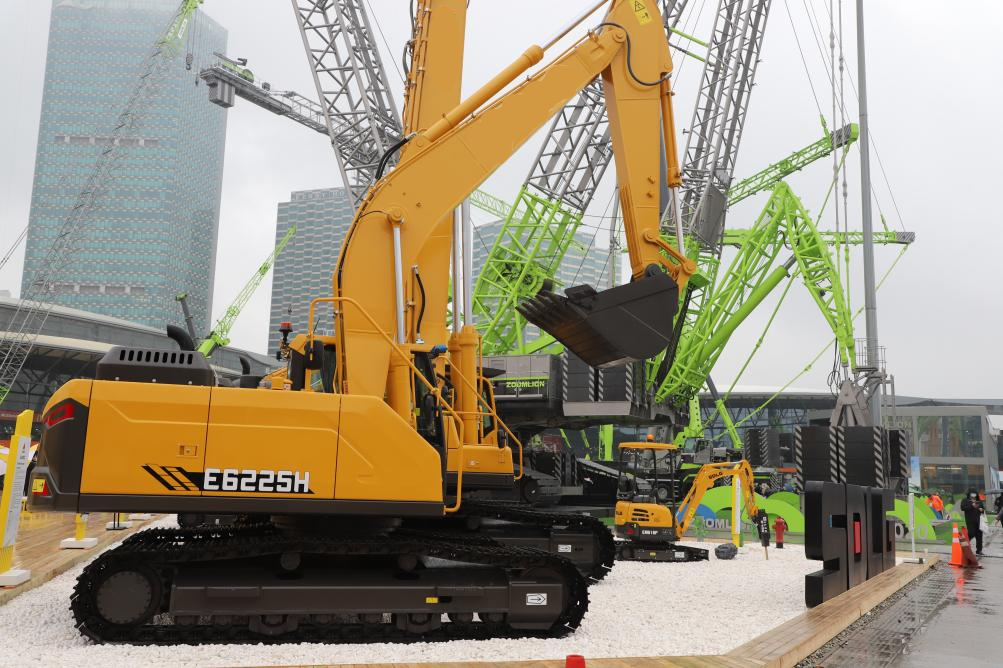In the realm of construction machinery, the excavator stands as a behemoth, its joystick operation a topic of significant interest and concern. Understanding the factors contributing to the heaviness of excavator joystick operation is crucial for both operators and the industry as a whole.

1.Mechanical Structure and Force Transmission
The joysticks of an excavator are connected to numerous complex mechanical components. From the hydraulic pump to the hydraulic cylinders, the transmission of force is affected by multiple factors. For instance, the viscosity of hydraulic oil, the resistance of pipelines, and the friction at various joints will all make the joysticks need to overcome additional resistance during operation. Moreover, the working devices of the excavator, such as the boom, arm, and bucket, are quite heavy. To make these components move precisely, the joysticks must exert sufficient force to drive them, which undoubtedly increases the sense of heaviness in operation.
2.The Harsh Test of the Working Environment
The harsh conditions at the construction site have a significant impact on the operation of the excavator joysticks. In a dusty construction site, dust is prone to enter the mechanical gaps of the joysticks, increasing the frictional resistance and affecting the smoothness of operation. In cold weather, the viscosity of the hydraulic oil will increase and the flow resistance will rise, making the operation of the joysticks more laborious. In a hot environment, long-term operation may cause the mechanical parts to expand due to overheating, which will also change the operating feel of the joysticks, making them heavier and difficult to control precisely.
3.The Dual Requirements of Safety and Precision
Excavator operations often involve the handling of large and heavy objects and construction in complex terrains, which place extremely high requirements on the safety and precision of operation. To prevent misoperation and potential dangers, the design of the joysticks will have certain resistance and stroke limitations. For example, during the excavation process, a slight accidental touch may lead to deviations in the excavation depth or angle, which will further affect the project quality and even cause safety accidents. Therefore, the joysticks need to provide operators with sufficient feedback force so that they can clearly perceive the operation amplitude. While this design ensures safety and precision, it also makes the operation seem rather heavy.
4.Technological Limitations and Room for Improvement
Although modern technology has been constantly developing, there are still some technological limitations in the field of excavator joysticks. It is difficult for traditional hydraulic control systems to completely eliminate the loss of force and the delay in transmission. However, some improvement measures are currently being explored and applied. For example, electro-hydraulic control systems are adopted, which use sensors and electronic signals to optimize the transmission and control of force, reduce the operating resistance of the joysticks, and improve the comfort and precision of operation.
As the construction industry continues to evolve, the issue of excavator joystick operation heaviness is likely to see further advancements and refinements. With ongoing research and innovation, the goal of more effortless and efficient joystick operation is within reach, promising a more comfortable and productive experience for those at the controls of these mighty earthmovers.